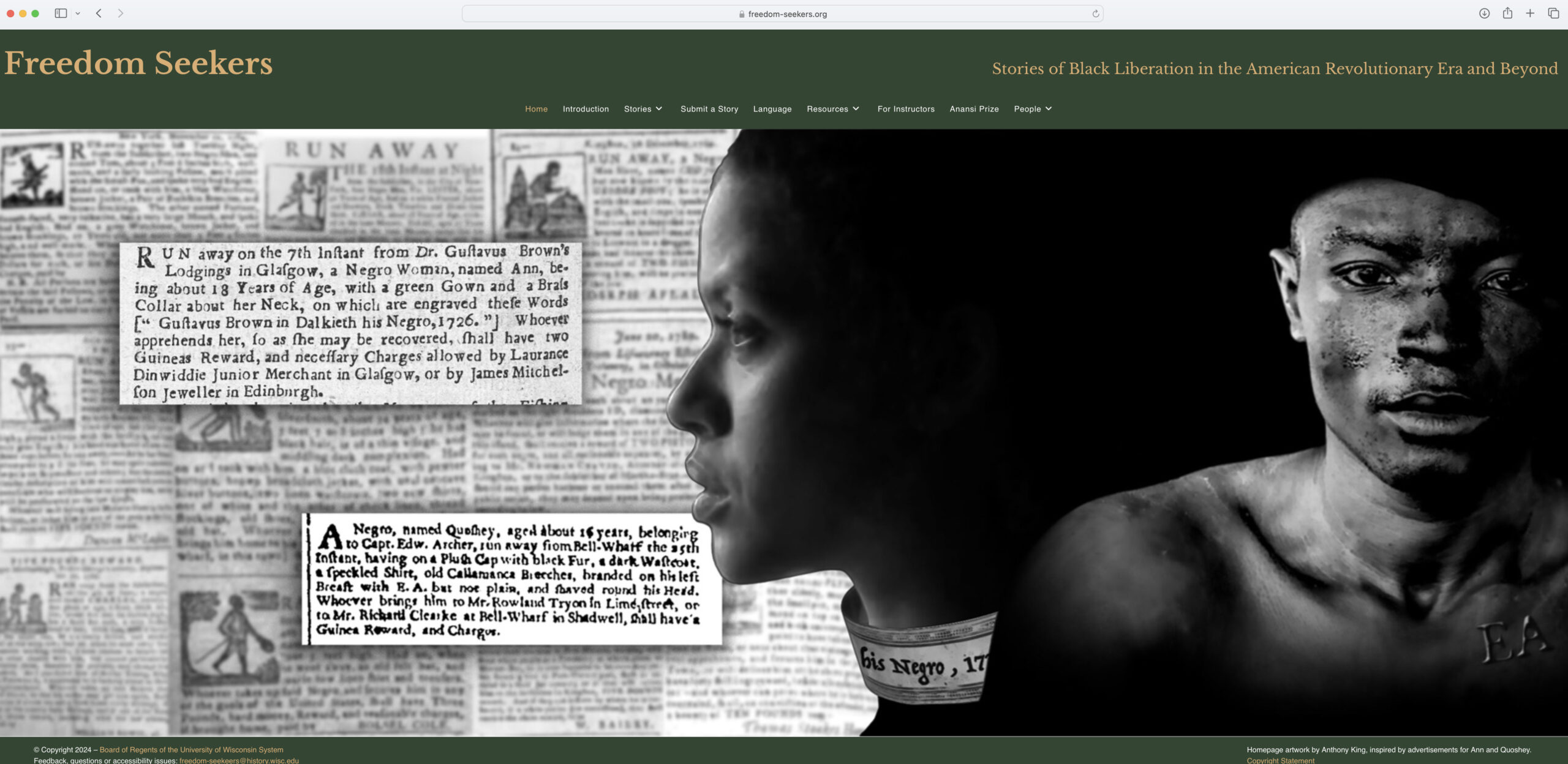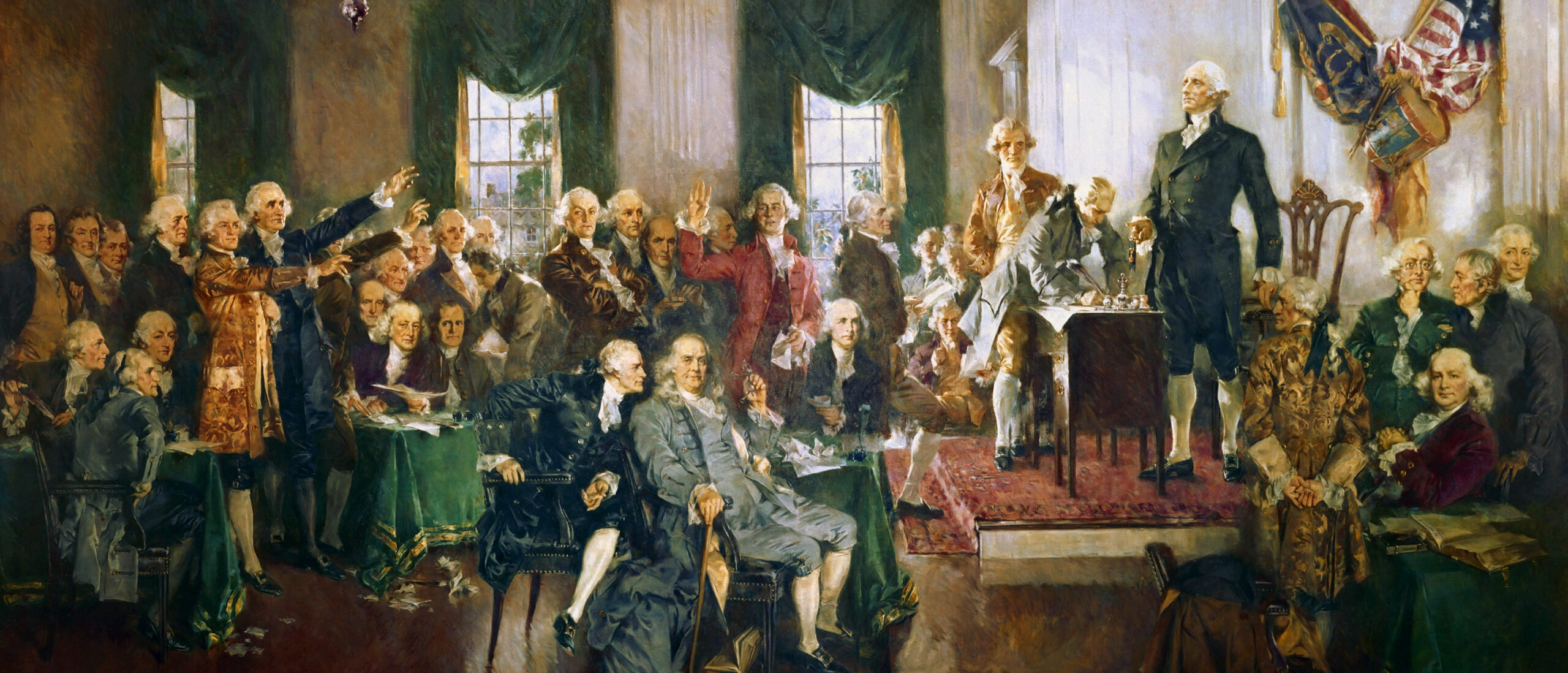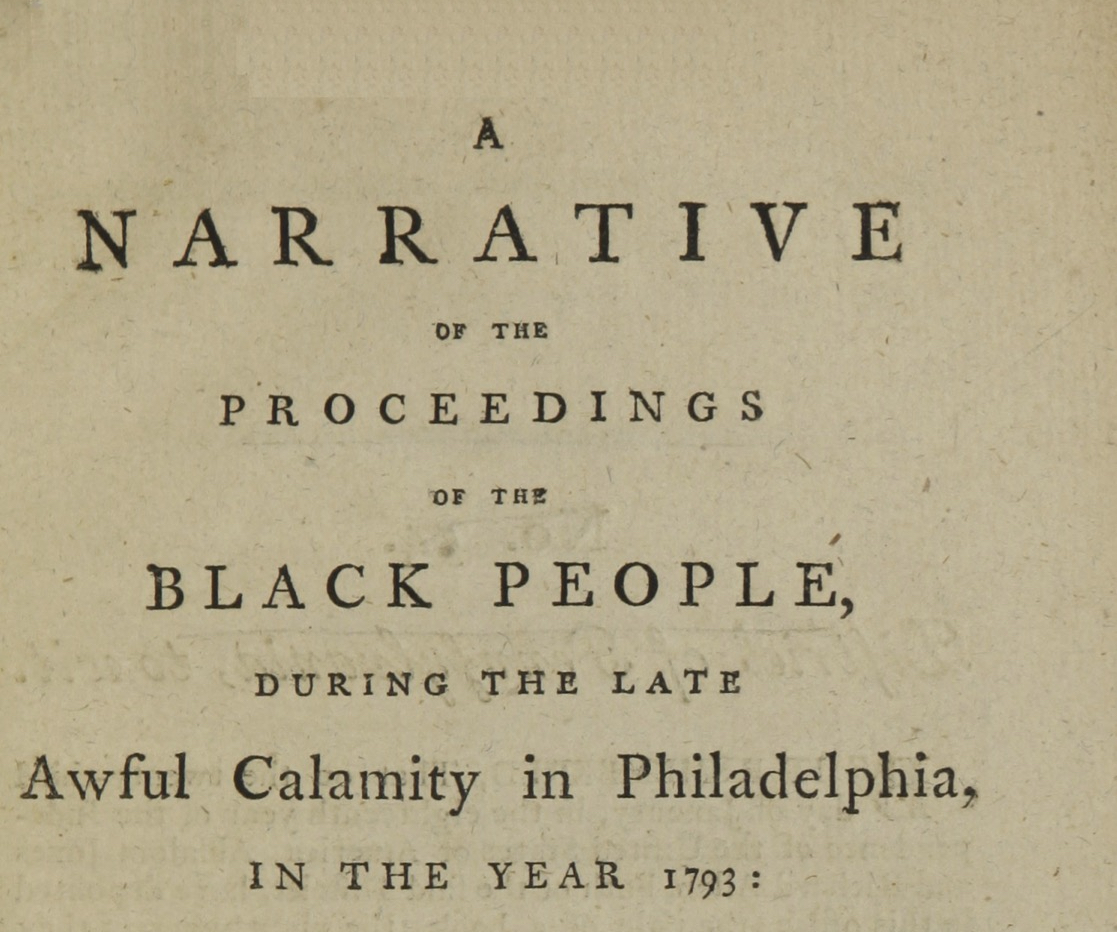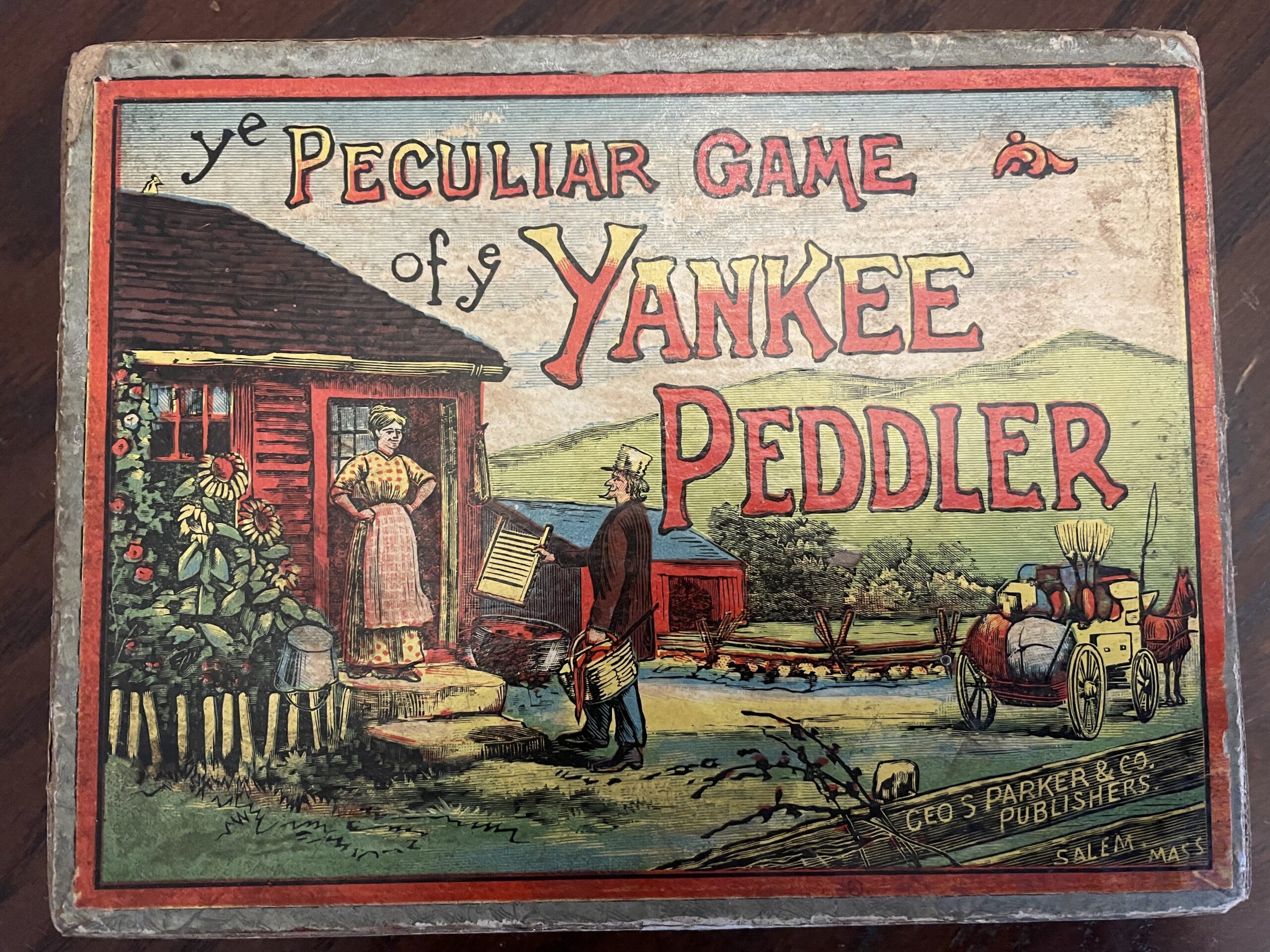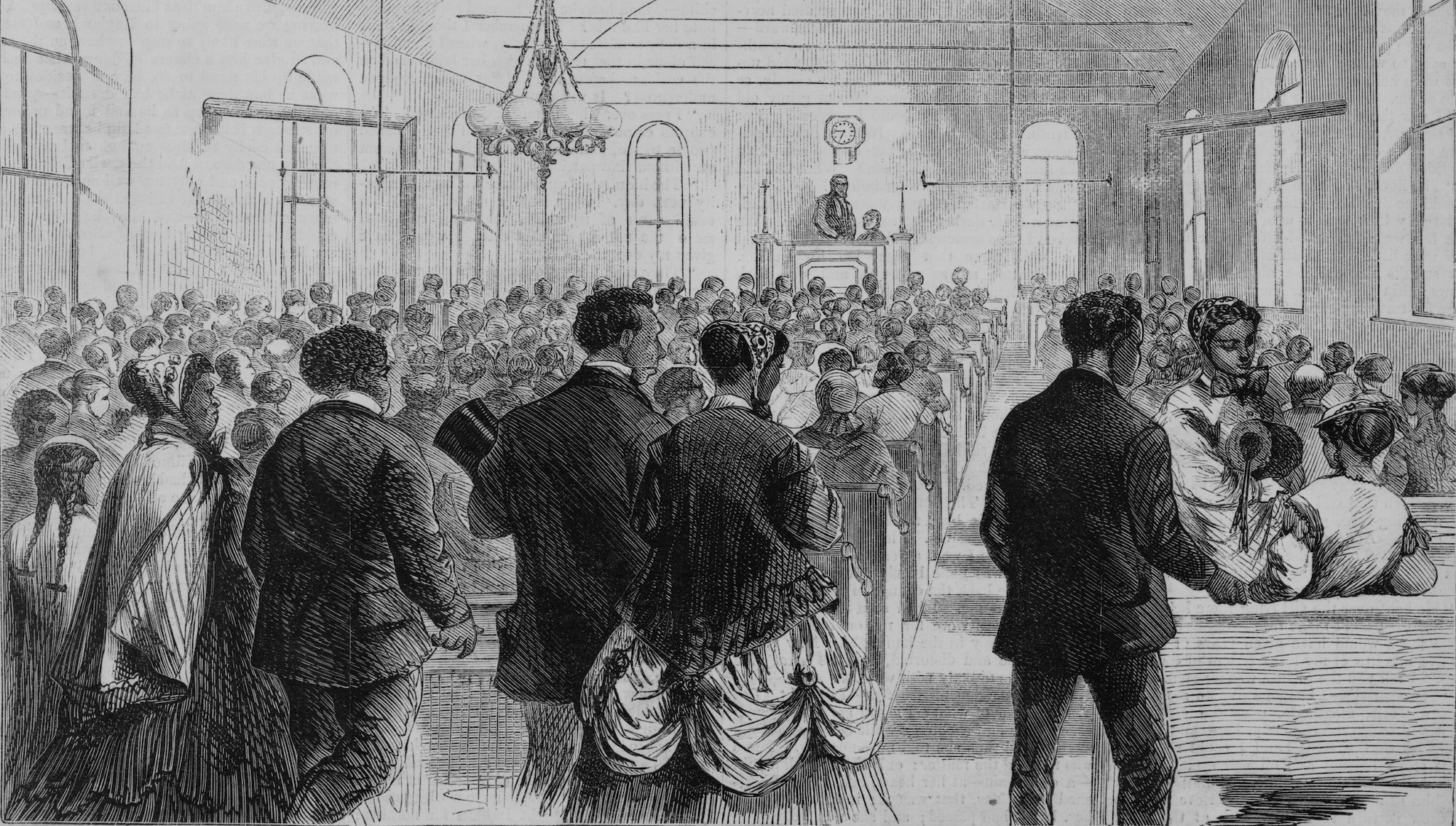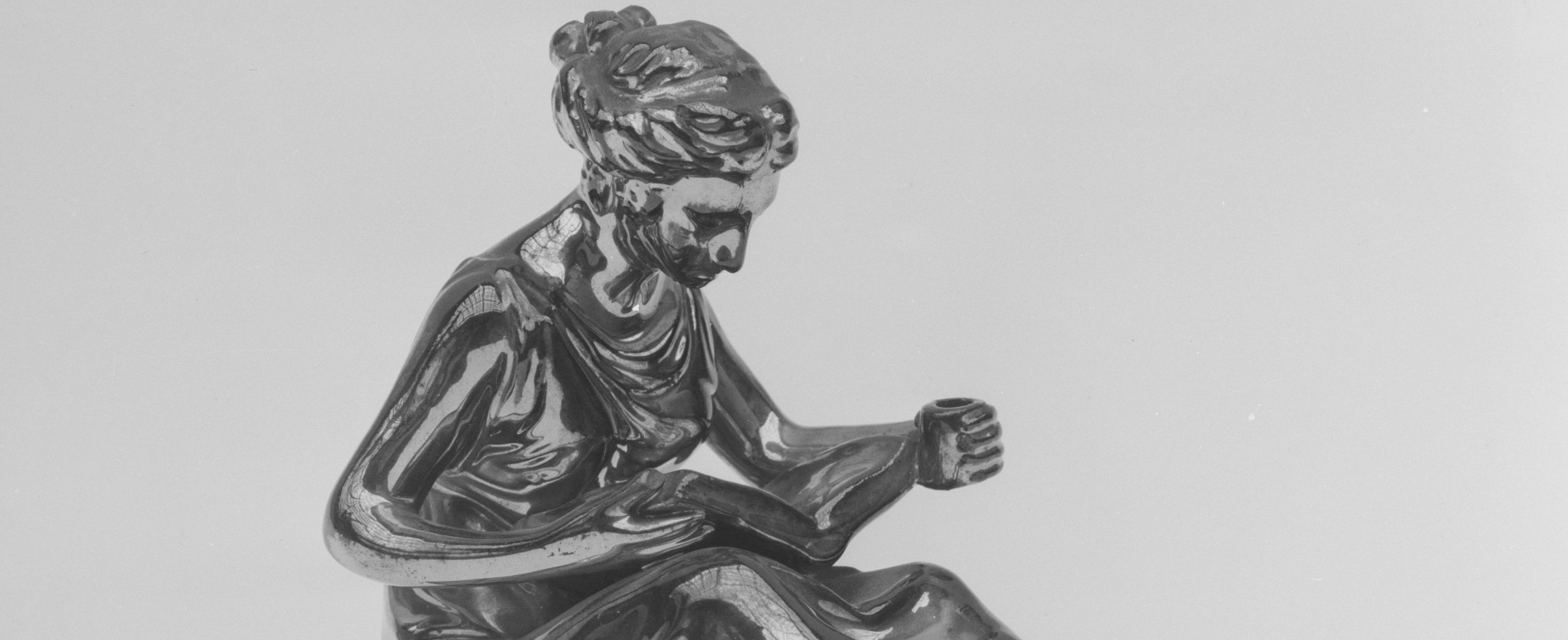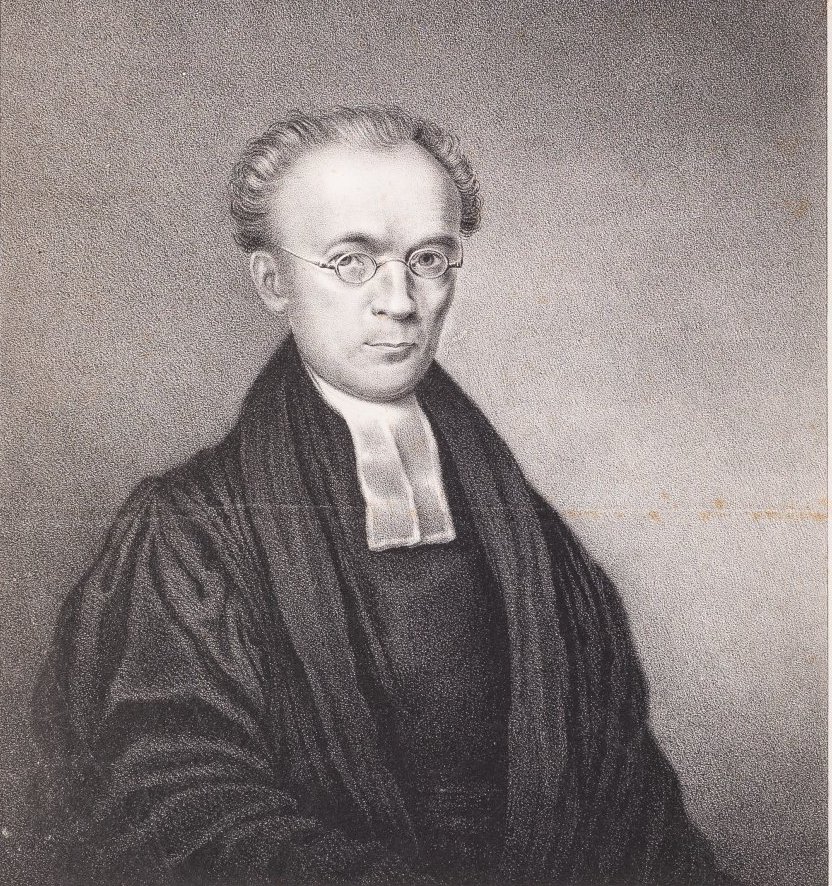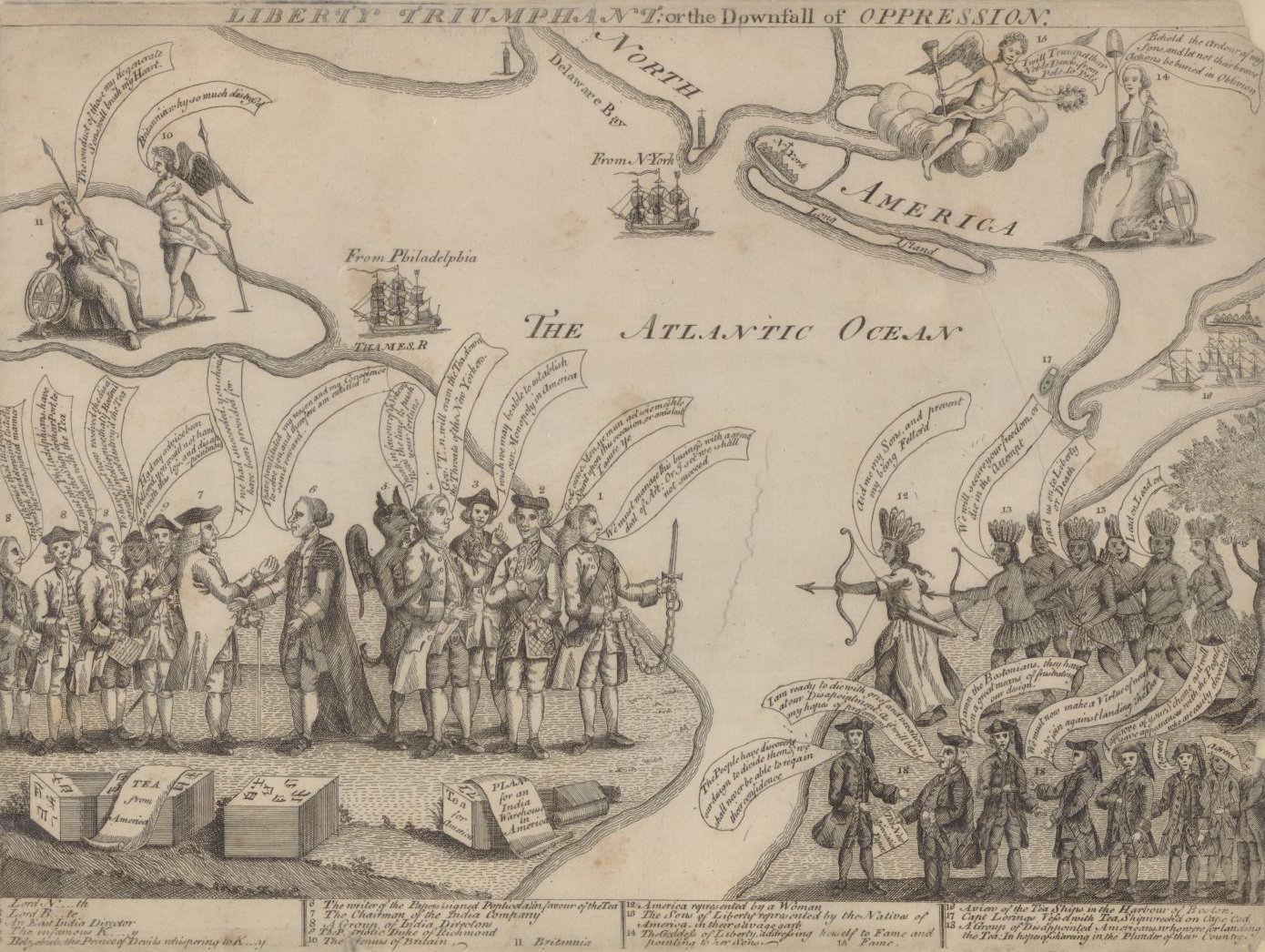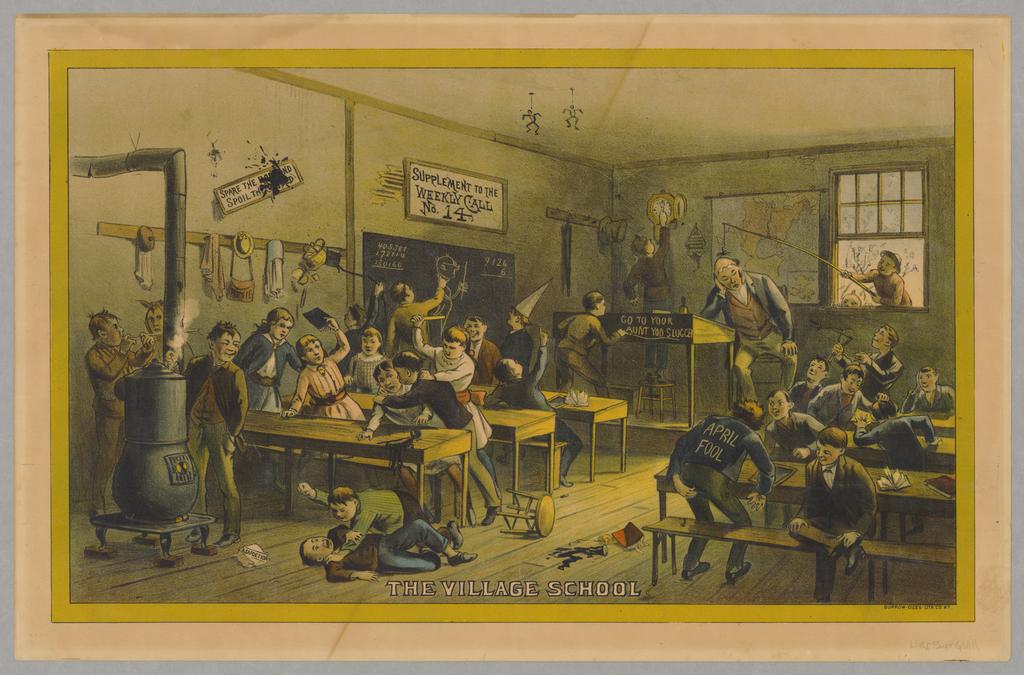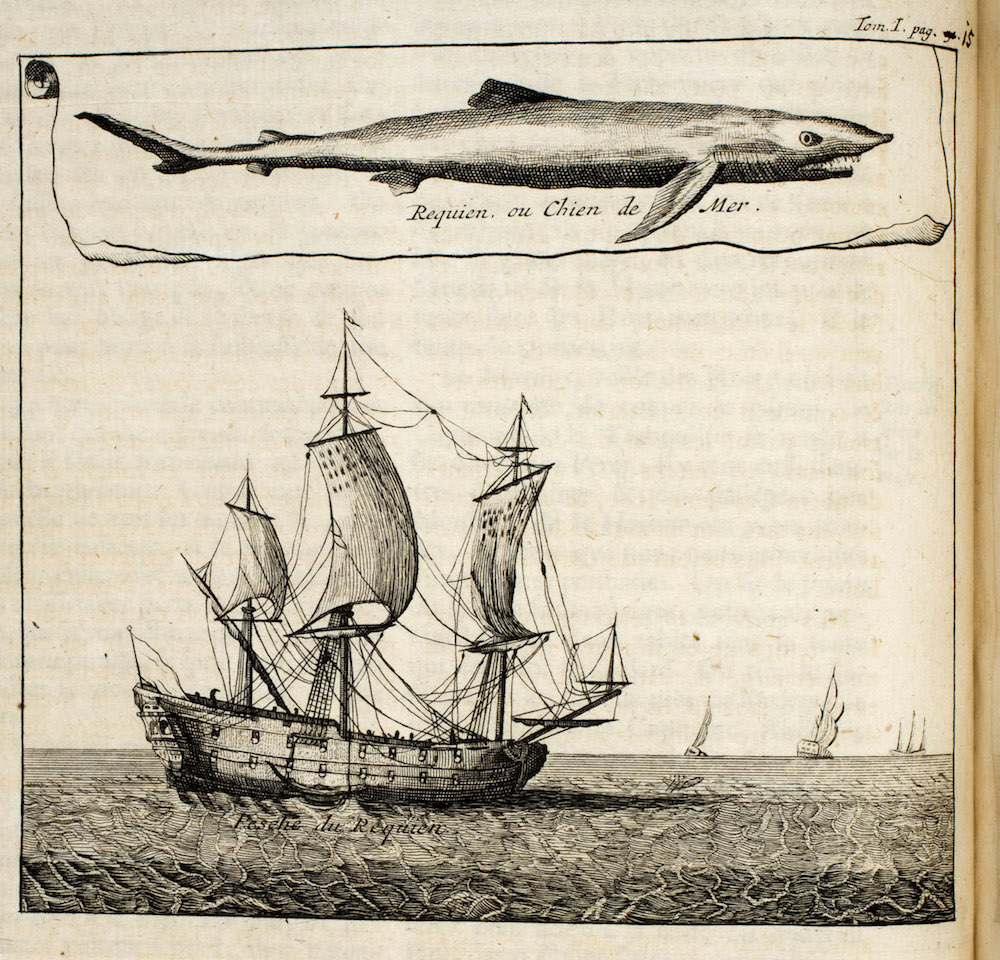Authentic assessment in an age of standardized testing
We have a friend, Jim Nehring, a historian and longstanding critic of standardized testing, who is now on a committee to help Massachusetts Governor Deval Patrick think through the Massachusetts Comprehensive Assessment System (MCAS). Here is a person who once set up a little table on the sidewalk in front of the State House and offered to give a sample of the history MCAS to the members of the legislature who were to vote on education reform. If “content” was important, Jim believed, well then let’s see what these important adults remembered from their history classes. Passers-by took the test, but, we’re told, the politicians dodged it and entered the State House from the back. A few staff people were sent down to take the test; most scored in the “Needs Improvement” category.
But, as Jim says, “When you’re in the opposition, you’re on the streets; when you’re in the majority, you’re on a committee.” He’s hard at work, looking for a way to address the accountability issue honestly and fairly. What sorts of things should our high school graduates know and be able to do? And how should we find out whether they have the intellectual qualities to be responsible adults?
Whatever the answers, we’re convinced standardized tests won’t be of much help in finding them. The subject of history is particularly harmed by the tests’ emphasis on endless individualized memory work. A standardized paper and pencil test tackles content but only imperfectly. As an example, although Nancy has studied Chinese history for many years, when she looked at the MCAS history test, she was unable to select the “best” response for the question on Sung China. It seemed as if the longer one had studied a subject, the less able she would be to eliminate responses. Moreover, that is only one way in which content is mishandled by standardized tests’ format: an inherently fascinating enterprise, full of stories about heroes and villains, challenges met and squandered, is made dull by concentrating on the trees instead of the forest—let alone the ways in which the forest is changing over time.
Learning history in the most engaging way emphasizes discussions: about cause and effect, about the importance of context, about the role that human personality can play in determining events and then about their long-term consequences for human action. It involves a student’s own research, and there is no time for that in standardized testing. Furthermore, in rewarding competition and acquisition of facts (as opposed to collaboration and dialogue about ambiguous evidence), standardized tests encourage the very opposite kind of thinking to that required of critical thinkers and mature citizens. History teachers have gladly taken on the role of enabling citizenship, whether directly or indirectly. But that enterprise is undercut by standardized testing.
Thus, history teachers have a special stake in new kinds of curricula and new forms of accountability. For Jim’s first paper before the MCAS committee, he was asked to present his main thoughts in one page. One of his statements was that we should be concentrating on twenty-first-century thinking skills instead of those that may have been more suitable for earlier centuries. In the eighteenth and nineteenth centuries, students were exposed to a narrow canon: Greek and Latin, the Bible (to keep “that Old Deluder, Satan” at bay), and enough reading and writing to continue these classically derived studies on their own. In the twentieth century, the information base was broader, but students needed teachers to gain access to it. Nancy distinctly remembers a course on Chinese history in her sophomore year in college. She had never heard of the Opium War and was totally shocked at the way the Europeans treated the Chinese. Now we are awash in information: teenagers can watch simulations of the Opium War on television and find all kinds of articles about China on the Internet. Students still need teachers but not so much to tell them things as to help them sort out information and to motivate them to access that information.
Most of us nod agreeably when we hear that we and our students will need “twenty-first-century thinking skills,” but what are those anyway? We’d like to propose a set of criteria that constitute a substantial and demanding—for evaluated and evaluator alike—basis upon which to develop metrics for the skills students need to perform well in history, among other subjects.
Observation. Too often teachers tell their students what they are seeing: in a picture, in a paragraph, in an essay. But what students need is not prepackaged interpretations; they need the tools to interpret such texts on their own. Those tools can be cultivated by building observation exercises into the regular curriculum. We can ask our pupils to look at the colonists’ artistic renderings of the Boston Massacre and compare those images with written versions of the same event. We can ask them to look at different sources, not just to gain information but to notice the different approaches that each source reflects. Consider what a newspaper journalist writing against a daily deadline yields, as opposed to the magazine author who has had months to interpret the evidence. In what ways are each effective observers? How does that recognition help historians years later? We can advise students not to rush to judgment, not to decide which observations are more meaningful before all the data has been collected. When they are reading a biography, at what point did they begin to think less well of the main character? And why? Will they agree to read a source like Mein Kampf even though they expect to disagree with it? A student who expects to observe carefully is a student who expects to understand, which is a deeper form of knowledge, one that lasts beyond the test.
Discrimination. All too often, teachers present facts as if each is as significant as any other. For example, although the reasons for needing a written constitution and the personal stories about that long hot summer in Philadelphia are often taught, once students and their teachers face the results of that summer’s labors (the Federal Constitution), they are often so intimidated that they either tune out or, at the other extreme, begin memorizing details. Too often, tests on the subject focus on such details as where the commerce clause is located, rather than the nature and need for such a clause and how it changed an evolving economy. Why do we lose ourselves in specifics? Because they are more black and white, easier to grade. Criteria for what should be asked and answered should be subject to scrutiny, by students as well as their teachers. Is something important because it was popular? Because it survived “the test of time”? What is the “test of time” anyway, and why do historians emphasize it so much? Why not invite our students to share in deliberations on the subject?
Synthesis. Discrimination may well be at the heart of our consideration of twenty-first-century thinking skills, and it permeates the others, but there are other skills that are also worth developing. Ted and some colleagues taught a course called Synthesis while he was the headmaster of Phillips Academy in Andover. The purpose of the course was to demonstrate that while analysis is crucial—and the students were asked to demonstrate it in their discussions and papers—in modern problem solving, it should not come at the expense of interdisciplinary thinking. Problems are best solved by drawing on the full array of available tools. The course was also a way for Ted, a historian by training, to learn from others whose ways of thinking and of assembling evidence were different from his own. The teachers also found authors who were able to demonstrate the kind of synthetic thinking they were trying to introduce to their students. Students in the course who had never valued history felt valued themselves as their expertise was sought and then connected to the contributions of others. Assessment was based entirely on reasoning through issues and suggesting and defending solutions; information was used only to support those solutions and was assessed only in that context. In other words, no multiple choice tests!
Creativity: The students whom we admire are those who bring more of themselves into their studies. Feeding the teacher’s own ideas—and even words—back in biweekly tests is no longer engaging or challenging enough. Instead, we try to help them develop their own varied capacities. We must know what these capacities are, and we must consider them as we devise assignments. Years ago when we were in the history department at Andover, we had a visiting teacher from Eton who told us he felt that in our American history course, our students read too much and wrote too little. He said, politely of course, that our students listed facts without tying them to ideas that seemed important to them. He accepted our philosophy that generalizations without support were mindless and derivative, but he urged us to rethink our course so that the students’ own thinking would be more readily evoked. Giving students this practice is time-consuming work, for students and teachers. Moreover, students often feel hesitant to introduce their own ideas when they think teachers know so much more than they do. Indeed, they must be persuaded that we really want to consider their distinct perspectives. There is also a fine line, especially when a student is doing original research, between coming up with an original interpretation and coming up with a feasible one. Nothing works as well, however, as a research paper—with its familiar thesis that must be formulated and then demonstrated—to help students decide the purpose of the paper, shape the topic, and make themselves understood. Furthermore, especially if there is the frequent feedback that e-mail allows, teachers can judge the degree of creativity that has gone into the work even before it is presented. In the end, the students “own” their work in a way that no history test allows. Having that experience, as Mihali Csikszentmihalyi has demonstrated, enables the students to find and then to develop their own voices and to make their own contributions even at an early age.
These are a few examples of ways in which the history classroom can become a more vibrant and interactive place, the kind best suited for the development of the particular twenty-first-century thinking skills that we—and many others—have proposed. But what of assessment? The “old” way of judging one’s speed and accuracy of recall is relatively easy, which is why we teachers—and testing companies—have relied on it for so many years. Judging a student’s skills at using her imagination will turn out to be more tricky.
We have seen good work done toward this purpose at The Parker School in Devens, Massachusetts, a small public charter school for junior high and high school students, which we helped found in 1995. When studying historical topics, Parker teachers make frequent use of role-playing. This encourages empathy and allows students to tackle such complex, factually diffuse topics as the relationships between Native Americans and colonists or the development of industry at the expense of agriculture. By introducing different roles with different viewpoints and then asking the students to discuss them, teachers encourage young people to dig more deeply into the subjects. The deeper they go, the more engaged they often become. The first round of assessments of role-playing comes when the teacher pulls the class together to discuss its performance. She highlights certain sentences that had been spoken by the actors, asking for explanation and the students’ own evaluations as to accuracy, effectiveness, or where the sentence led the discussion. This is a low-stakes way to develop the discussion and to build into the students their own ability to assess themselves. Oral and written answers can be discussed, revised, increasingly graded, and as the students grow comfortable with these new kinds of assignments, “standardized” (meaning bubble-filling) tests can be devised from this more organic model of assessment. This approach has its risks, especially for the shy or defensive. But over time, the fear in facing that kind of challenge is more easily overcome.
Historians are just as interested as anyone else in making sure their students can use their minds well and can apply these minds to purposes both familiar and unanticipated, now and in years to come. Our graduates need more than just well-stocked memories and good work habits. They need to look far and wide, with all the breadth available and demanded in our curriculum. At the same time, they need to study historical failures as well as successes and to look at problems in individuals and in communities as do-able and solvable. They need to get deep down into the details, into the murky places, and sort them out. If our classrooms provoke and engage them, they will become more capable of embracing challenge as a spur to the well-led life.
Further Reading:
We suggest Mihaly Csikszentmihalyi and Barbara Schneider, Becoming Adult: How Teenagers Prepare for the World of Work (New York, 2000); Richard J. Murnane and Frank Levy, Teaching the New Basic Skills: Principles for Educating Children to Thrive in a Changing Economy (New York, 1996); and Grant Wiggins, Assessing Student Performance: Exploring the Purpose and Limits of Testing (San Francisco, 1993). See also The Partnership for 21st Century Skills.
This article originally appeared in issue 8.4 (July, 2008).
Ted Sizer, who wrote his doctoral thesis in 1961 under the direction of Bernard Bailyn at Harvard, is University Professor of Education emeritus at Brown University, the founder of the Coalition of Essential Schools, and former Headmaster of Phillips Andover Academy.
Nancy Sizer, who taught history at Andover and the Wheeler School, is the author of Crossing the Stage: Redesigning Senior Year (2002). The two have taught together at the Harvard Graduate School of Education, helped to found the Francis W. Parker charter public school in Devens, Massachusetts, and authored The Students are Watching: Schools and the Moral Contract (1999), among other books.





